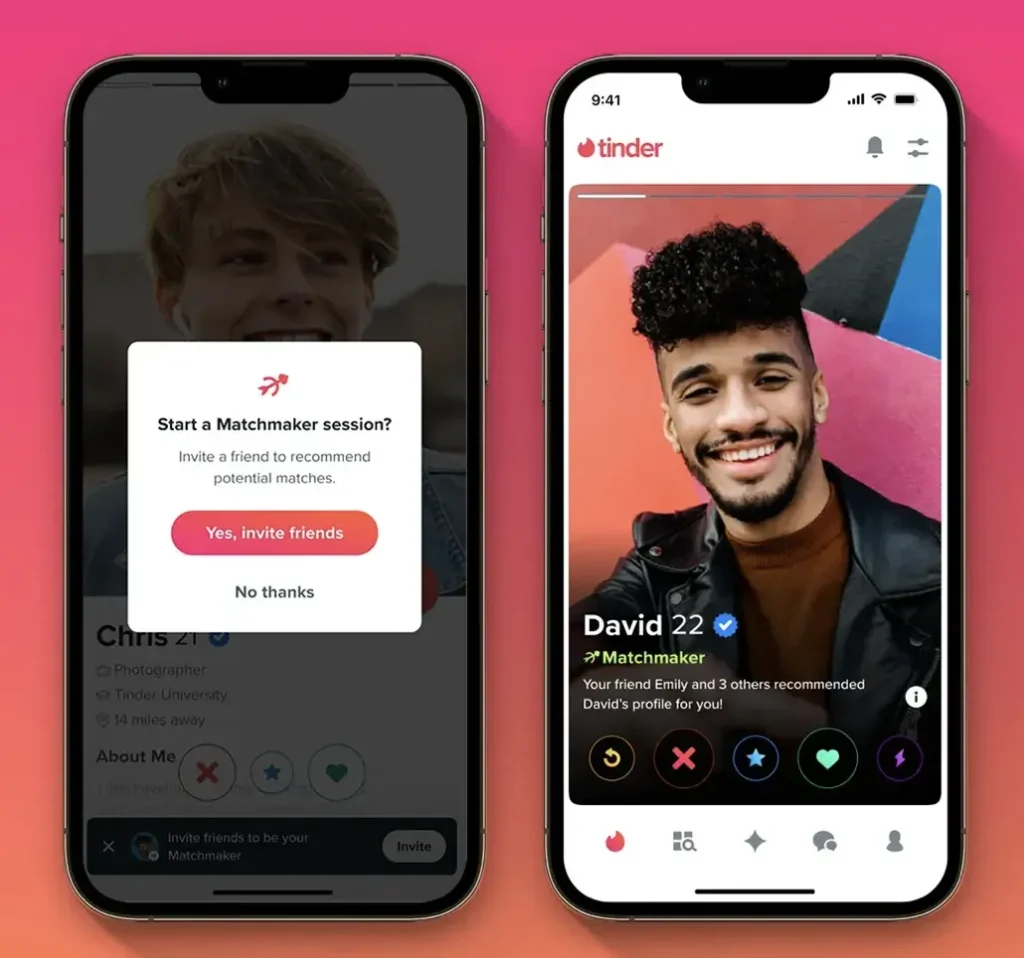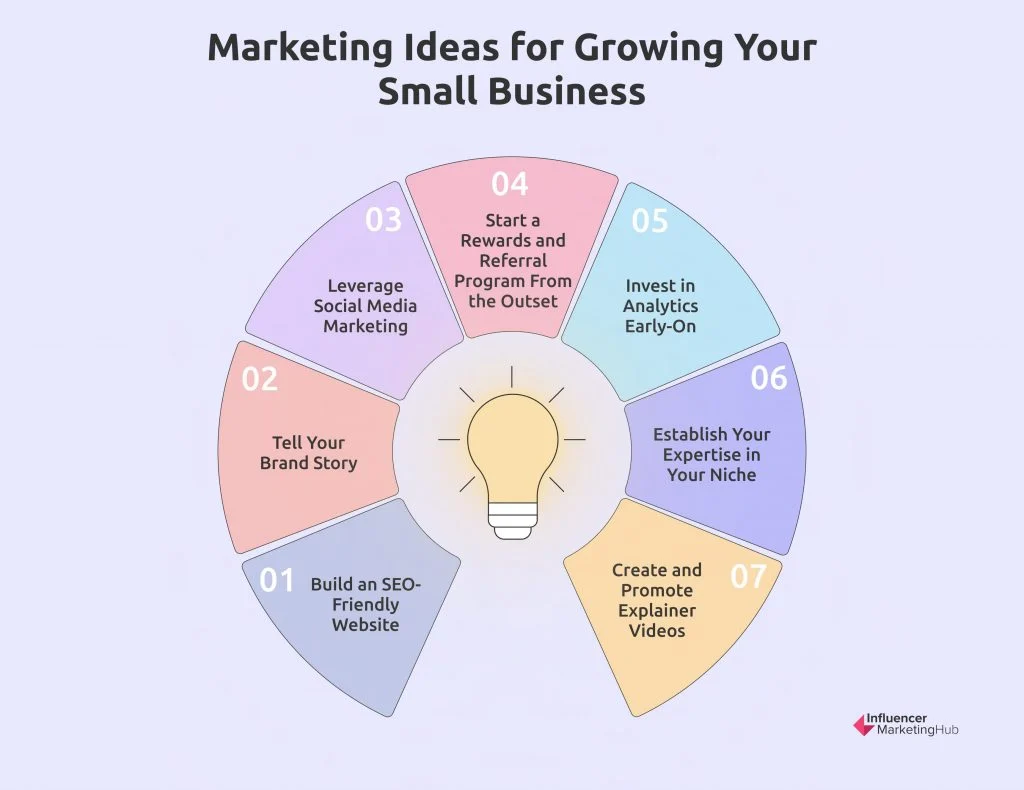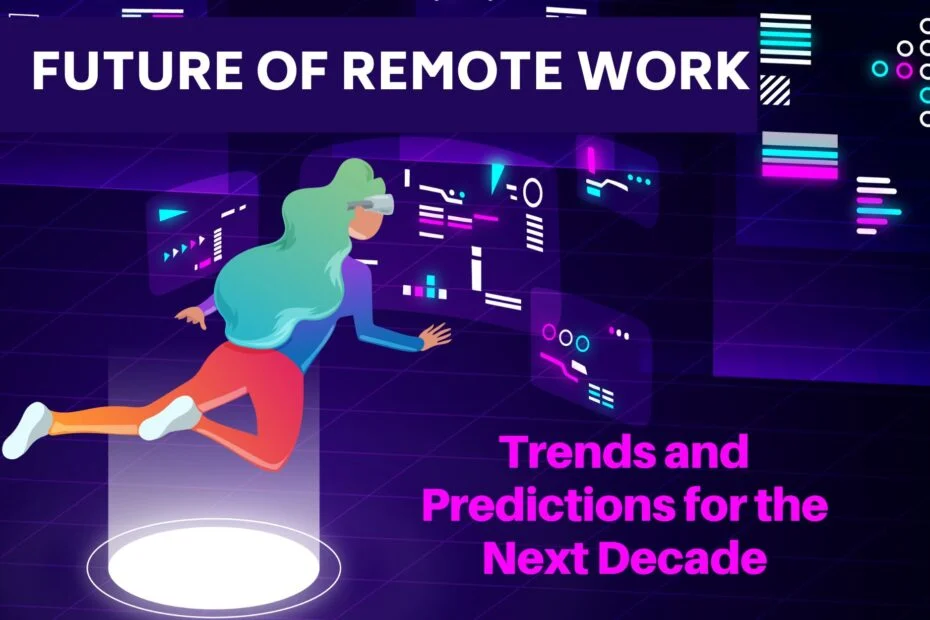The newly introduced Tinder Group Dating Feature, known as Double Date, is set to transform the dating landscape, especially for Gen Z users. As the company aims to rejuvenate its subscriber base amidst declining numbers, this innovative approach allows users to create joint profiles with friends for a truly social dating experience. By enabling pairs to connect and chat in group settings, Tinder hopes to alleviate the stress often associated with modern dating, making it a fun experience that celebrates friendships. With the rising popularity of group dating apps, this feature aligns perfectly with Gen Z’s desire for more meaningful interactions beyond just swipe culture. As Tinder innovates with its latest features, it’s clear they are committed to evolving the platform in order to engage younger audiences and address modern relationship dynamics.
Introducing a novel twist in the dating game, the latest Tinder Group Date function redefines how users connect by leveraging the social aspect of dating. Often referred to as double dating, this exciting feature allows individuals to team up with friends and explore potential matches together, enhancing the experience of social dating. Designed with Gen Z in mind, it focuses on creating atmospheres where mutual support and connection thrive, moving away from the often isolating experience of online dating. This fresh approach could be a key game-changer for Tinder, especially as dating for Gen Z increasingly revolves around shared experiences rather than mere hookups. As the dating app landscape evolves, features like these highlight the growing trend towards collaborative and enjoyable dating experiences rather than solitary swiping.
Understanding Tinder’s Double Date Feature
Tinder’s Double Date feature is a groundbreaking addition aimed at reshaping how users interact on the platform. This innovative tool allows users to team up with friends to create paired profiles, thereby enhancing the social dating experience. By enabling joint profiles, Tinder hopes to reduce the pressure often associated with online dating, especially for younger users who may feel overwhelmed by one-on-one interactions. The ability to chat in a group setting not only makes the process more enjoyable but also adds a layer of safety and comfort, appealing to the preferences of Gen Z daters.
During testing phases, the Double Date feature exhibited promising results, especially among the younger demographic. With nearly 90% of participants under the age of 29, the feature resonated significantly with Gen Z, spotlighting their desire for a more social and less stressful dating environment. It integrates seamlessly with the ethos of modern dating, where connection and companionship are prioritized over mere romantic pursuits. As a result, the introduction of this feature aligns perfectly with the evolving landscape of dating apps, which now need to cater to social experiences and community-driven interactions.
The Rise of Group Dating Apps
The concept of group dating apps has gained traction as singles shy away from traditional one-on-one encounters. These platforms create a more inviting atmosphere for users who may feel intimidated by the prospect of dating alone. Tinder’s Double Date feature is a prime example of this trend, allowing friends to join the fray and make the experience more fun and engaging. As dating norms change, more applications are emerging, focusing on collaborative interactions rather than solitary swiping.
This shift reflects a broader behavioral change among younger generations, particularly Gen Z, who increasingly prefer social gatherings and mutual friend connections over conventional dating. Group dating apps not only foster a sense of camaraderie but also help mitigate the discomfort that often accompanies meeting new people. The journey to find a date has transformed into a shared social experience, where users can rely on their friends for validation and support.
The Benefits of Social Dating for Gen Z
Social dating features like Tinder’s Double Date cater directly to the unique preferences of Gen Z. This generation values experiences over material possessions, emphasizing connections and relationships that enhance their social lives. By integrating friends into the dating equation, these platforms help foster deeper connections and reduce the anxiety traditionally tied to online dating. The Double Date feature embodies this ethos, transforming dating from a solitary pursuit into a more collaborative and enjoyable experience.
Moreover, the input from friends during the dating process can lead to more meaningful connections. Social validation from peers can alleviate insecurities and increase confidence among users. This approach appeals to Gen Z’s desire for authenticity in their interactions, as they navigate relationships in a familiar and supportive environment. As more apps adopt social dating features, we can expect a significant shift in how individuals engage in the dating landscape.
Navigating Dating Challenges with Tinder Features
Tinder’s suite of features is strategically designed to address the challenges faced by today’s daters. With the introduction of Double Date, the platform acknowledges the mounting pressures of dating for Gen Z users, who often experience burnout from the standard swiping model. The group chat feature not only facilitates interactions among matched users but also creates a less daunting atmosphere, resulting in more relaxed communication. This is particularly beneficial in reducing the anxiety associated with initiating conversations on dating apps.
In addition, the ability to message matched individuals privately allows users to transition to one-on-one interactions if desired, providing flexibility in how connections can evolve. Such features empower users to explore their dating preferences while maintaining their comfort zones. As digital dating continues to evolve, Tinder exemplifies how innovative features can enhance user engagement and satisfaction within the platform.
The Impact of Double Date on User Engagement
Tinder’s Double Date feature has been met with encouraging results in terms of user engagement, signaling a potential turnaround for the app’s declining user base. With a 35% increase in messaging activity within group chats compared to traditional one-on-one conversations, the platform is tapping into a fundamental aspect of Gen Z dating preferences: group interactions. This heightened engagement not only improves user experience but also increases the likelihood of successful matches, making the platform more appealing to new and returning users.
Interestingly, the feature has attracted a mix of both new users and those who had previously lapsed, showcasing its broader appeal. About 15% of individuals who accepted Double Date invitations were either new to Tinder or returning after a break from the app. This influx is critical for Tinder as it battles against the declining subscription rates, demonstrating that innovative features can effectively drive user acquisition and retention.
Adapting to Gen Z’s Dating Dynamics
With the rise of platforms that emphasize social engagements, Tinder’s evolution is a clear response to the shifting dynamics of Gen Z dating habits. Traditionally, dating apps were perceived as places solely for casual encounters; however, with features like Double Date, Tinder seeks to redefine its image as a social-first platform. Gen Z’s reluctance towards traditional dating reflects their broader lifestyle choices, which favor genuine connections over transient interactions.
The recognition that Gen Z is ‘not a hookup generation’ speaks volumes to Tinder’s strategy moving forward. By promoting a more social approach to dating, Tinder aligns itself with the preferences of its target demographic. As the app continues to innovate in this space, it will be crucial for Tinder to maintain a balance between social interactions and romantic connections, ensuring that it remains relevant in a rapidly evolving dating landscape.
The Role of AI in Enhancing the Tinder Experience
Artificial Intelligence (AI) is playing an increasingly vital role in enhancing the Tinder experience, particularly following the introduction of the Double Date feature. AI-driven tools help users create better profiles and fine-tune their messaging strategies, which can significantly improve the overall experience for Gen Z daters. This is especially important in addressing the communication barriers often faced in online dating, where misunderstandings can easily occur.
Furthermore, Tinder’s innovative AI engagement strategies, such as ‘The Game Game,’ allow users to practice flirting in a low-pressure environment. By leveraging AI technologies, Tinder aims to reduce dating anxiety, making the platform not just a means for finding matches, but also a space for users to grow and refine their dating skills. As Tinder continues to invest in advanced technologies, its commitment to improving user experience is evident and may prove indispensable in attracting a younger audience.
Combating Dating App Burnout Among Users
Dating app burnout has become a pressing concern among users, particularly among Gen Z. As the novelty of swiping diminishes, many users find themselves experiencing fatigue from the repetitive nature of online dating. Tinder’s introduction of Double Date is a strategic move to combat this phenomenon by injecting fun and excitement back into the dating experience. By allowing users to engage with friends, Tinder transforms what can often feel like a daunting task into an enjoyable social event.
Moreover, the humorous, less formal atmosphere promoted by group dating can significantly alleviate the stress associated with online dating. When users feel supported by their friends during the dating process, they are likely to approach new connections with a more open mindset, fostering genuine interactions. By prioritizing user comfort, Tinder is effectively addressing the issues of burnout while reinforcing the idea that dating can be a fun and collaborative journey.
The Future of Tinder and Group Dating
As Tinder continues to evolve amidst a competitive landscape, the future seems to hinge on its ability to adapt to the ever-changing preferences of its user base. The introduction of features like Double Date positions Tinder not just as a dating app but as a platform fostering social connections. Whether this new approach can effectively reverse the current trends of subscription declines remains to be seen, but it signifies a critical shift in strategy.
Looking ahead, Tinder’s focus on reshaping user interactions through group dating underlines the app’s commitment to remaining relevant in the crowded dating scene. By acknowledging that Gen Z values experiences over mere connections, Tinder sets itself on a course that could redefine the future of online dating. As the app continues to innovate, the melding of social experiences with dating could very well set a new standard in the industry.
Frequently Asked Questions
What is the Tinder Group Dating Feature known as Double Date?
The Tinder Group Dating Feature, called Double Date, allows users to create joint profiles with friends to match with other pairs. This social dating feature enhances the dating experience by fostering interaction in a group setting, making it more enjoyable and less stressful for Gen Z users.
How does the Tinder Double Date feature work?
To use the Tinder Double Date feature, users select up to three friends to create a pair with. They can then swipe and match with other paired users. If both pairs like each other, a group chat opens for planning activities, and users can also message individuals privately if they wish to have a one-on-one conversation.
Why did Tinder launch the Group Dating feature?
Tinder launched the Group Dating feature, Double Date, to address declining subscriptions and to retain Gen Z users who prefer social interactions over traditional dating. This feature aims to relieve the pressures of dating by making it a more fun and comfortable experience with friends involved.
How does Double Date enhance the dating for Gen Z experience?
Double Date enhances the dating for Gen Z experience by emphasizing social interactions in a relaxed setting. It allows users to connect in groups, reducing dating anxiety and encouraging more communication, which aligns with Gen Z’s preference for social dating over individual dating.
What are the benefits of using Tinder’s Double Date feature?
The benefits of using Tinder’s Double Date feature include increased interaction through group chats, the ability to match with friends, and the option to transition to private conversations for one-on-one interactions. Users also reported feeling less pressure when meeting potential partners in a group, leading to more enjoyable dating experiences.
Is the Double Date feature popular among Tinder users?
Yes, the Double Date feature has proven to be popular among Tinder users, especially those under 29. Nearly 90% of participants in its testing were younger, indicating a strong interest in group dating dynamics that appeal to social preferences of Gen Z.
Can users keep their individual Tinder profiles when using Double Date?
Yes, users can maintain their individual Tinder profiles while using the Double Date feature. This allows for flexibility in managing connections and preferences, enabling users to engage in group dating without losing their personal dating identities.
What was the previous attempt at group dating on Tinder?
The previous attempt at group dating on Tinder was called Tinder Social, which launched in 2016 but was discontinued in 2017 due to privacy concerns and confusion among users. The new Double Date feature is a refined and improved version of that concept.
What demographic is most likely to use Tinder’s Double Date feature?
The demographic most likely to use Tinder’s Double Date feature is Gen Z, particularly users under 29 years old. This aligns with Tinder’s strategy to attract younger users who prefer social interactions in their dating experiences.
How does Double Date address privacy concerns in group dating?
Double Date addresses privacy concerns by allowing users to control their group interactions, as only those involved in the matching and group chat can see the conversations. This approach helps enhance user comfort while engaging in group dating activities.
| Key Features | User Benefits | Market Impact | Company Strategy |
|---|---|---|---|
| Double Date allows users to create joint profiles with friends and match with other pairs. | Reduces dating stress by creating a comfortable social environment with friends. | Appeals mainly to Gen Z, aiming to retain younger users amid a decline in subscriptions. | Focus on enhancing user experience with new features and technology including AI. |
| Users can message matched pairs as well as engage in one-on-one conversations. | Promotes more interaction and engagement through group chats. | 15% of new users are either new to Tinder or returning, indicating a potential re-engagement strategy. | Investment in AI for better user profiles and messaging enhancements. |
| The feature could help create a friendly, non-competitive dating atmosphere, contrasting traditional apps. | Encourages social dating rather than “hook-up” culture. | May shift perceptions about Tinder among Gen Z. | Leadership has emphasized adapting to the needs of Gen Z preferences. |
Summary
The Tinder Group Dating Feature represents a strategic move by Tinder to attract and retain Gen Z users amidst significant challenges in the online dating market. By emphasizing social interactions and providing a platform for group dating, Tinder aims to alleviate the pressures associated with modern dating. With features like Double Date, the app is reshaping how users approach dating—moving away from solitary swiping to shared experiences with friends, making it a more inviting option for those who prefer connecting with potential partners in a group setting.



